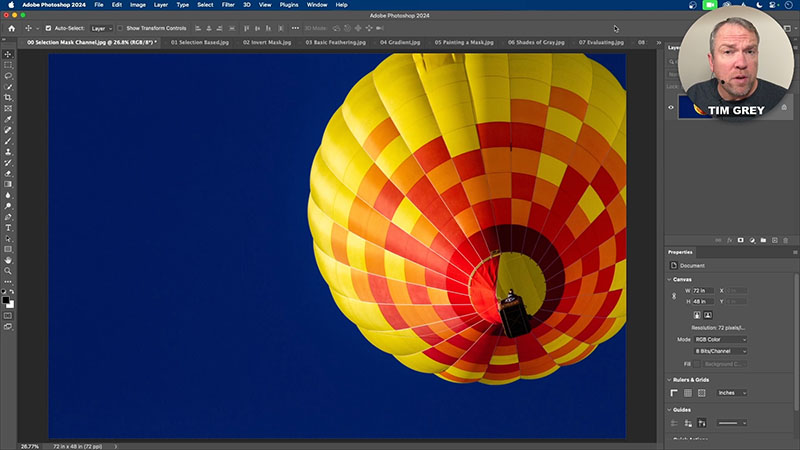Today’s Question: Do you have a recommendation for a 35mm slide scanning service?
Tim’s Quick Answer: I have used ScanMyPhotos (https://www.scanmyphotos.com) with good results, though I will say that I do not like their extensive use of add-on fees in their pricing structure.
More Detail: If you have slides and negatives you’d like to digitize, you could certainly use a scanner to scan the images yourself. Of course, these days there aren’t very many scanners still in production, so if you don’t already have a scanner there aren’t very many options available to you.
Fortunately, there are a variety of services that can scan your slides and negatives for you. One service I’ve used with good results is ScanMyPhotos (https://www.scanmyphotos.com). The only thing I dislike about their service is the way they structure their fees.
For example, with ScanMyPhotos you can opt to pay for a box that you can fill with the slides you want scanned for a flat fee (they also offer pricing per slide scanned). The flat fee for the slide scanning box is quoted as starting at $275, which would work out to a little over $0.50 per slide. However, you’ll likely want to upgrade to 4,000 dpi scans rather than 2,000 dpi, which costs an additional $59. In addition there is a $29.95 fee to have your slides returned to you, and if you don’t want the slides returned you have to instead pay a $24.95 disposal fee.
The scanned images will be available for download for five days, and you can pay an additional fee to have them available for a longer period of time. There are additional fees for additional features that are reasonable. But based on what a photographer would typically want as a basic starting point the cost for the slide scanning box would be about $364, which works out to about $0.67 per slide if you’re able to fit 540 slides in the box. That’s still a reasonable rate in my view, I just wish the pricing structure was more straightforward.
Note that you could also use a digital camera to digitize slides, such as by using a slide adapter. For example, Nikon offers the ES-1 Slide Copying Adapter (https://bhpho.to/3RC8gHF) that is designed to attach to a 55mm macro lens (20mm extension tube would also be needed for a cropped sensor camera). This enables you to simply place a slide in the adapter and photograph the slide rather than using a film scanner.


